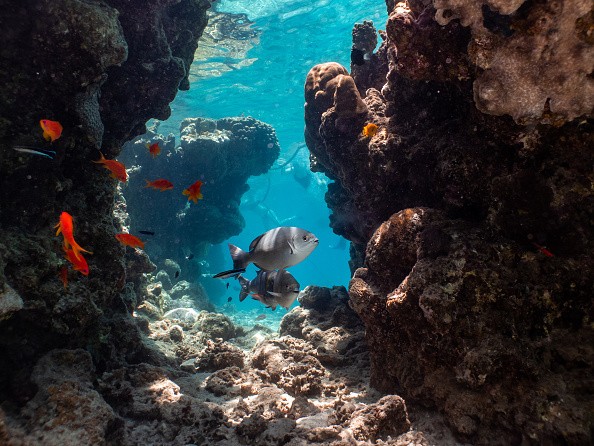Competition plays a significant role in animal kingdoms. Animals manage to adapt to various habitats with the competition. In new research, scientists found that the brains of Trinidadian Killifish evolved larger to survive and thrive in a high-competition environment. The result derived from the research experiment.
Species in the animal kingdom find their ways to exist and co-exist. Some have a defensive mechanism to defend against the threat of predators. Animals like snakes use their bright colors to warn of potential danger. The extremely competitive environment could affect animals for their existence.
According to a new study, research showed that Trinidadian Killifish evolved brains larger that could help them adapt and increase their survival against competitors and dangers.
The research was published in Ecology Letters, and it is available to read in Phys.Org.
Survival in a high-competition environment

According to the article, the Trinidadian Killifish was seen to evolve into larger brains after being exposed to a high-competitive environment, noting the very need to fit and survive.
Based on the report, Professor Matthew Walsh and Kaitlyn Howell led the study by examining the connection between the brain and the Trinidadian Killifish's survivability. The researchers looked into the killifish response to high-competition areas with predators and lack of predators.
Professor Matthew Walsh explained that the study helps to highlight the significant role of competition in the animal kingdom.
Moreover, the study considered experimental evidence showing how the Killifish managed to evolve its brain to adapt and survive, affecting the animal's brain-size variation.
The researchers observed the fish in the 30-day experiment in Arima, Trinidad, noting that the fish would try to thrive in finding food. The researcher found the following:
- Killifish did not show any sign of change in their brain size in the high-competition environment in their native habitat.
The study explained that the experiment revealed that the said Killifish was adaptive, showing larger brains due to intense competition
Animals' vibrant color
Meanwhile, the previous report on the effect of bright colors on animals showed that they could intimidate or impress other animals.
The researchers at the University of Arizona looked into the animals' color and how they used it for their purposes. It also considered the potential link to the animals' ancestors.
According to the report, the research findings could help contribute to the book of knowledge about animals' evolution and their colors' impact on their survival or existence.
The research found a connection between the animals' vibrant colors and their ancestors. It only means that animals posing bright colors for mating signals were connected to their descendants active during the day. Meanwhile, the animals showing their bright color as a warning signal were from the descendants of ancestors active during the night.
While some animals pose their colors to threaten or impress, some animals, like the Male Rock Hyrax, unfolded extraordinary singing skills to attract potential female partners. The male rock Hyrax sings in a beat, showing mating partners that they are healthy and a way to initiate courtship.
Related Article : New Research Using Zinc Isotope Analysis Suggests Neanderthals Could be Carnivores
For more similar, don't forget to follow Nature World News.
© 2025 NatureWorldNews.com All rights reserved. Do not reproduce without permission.





